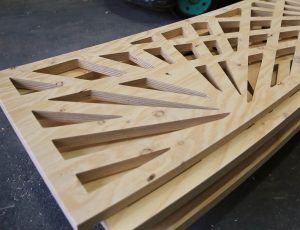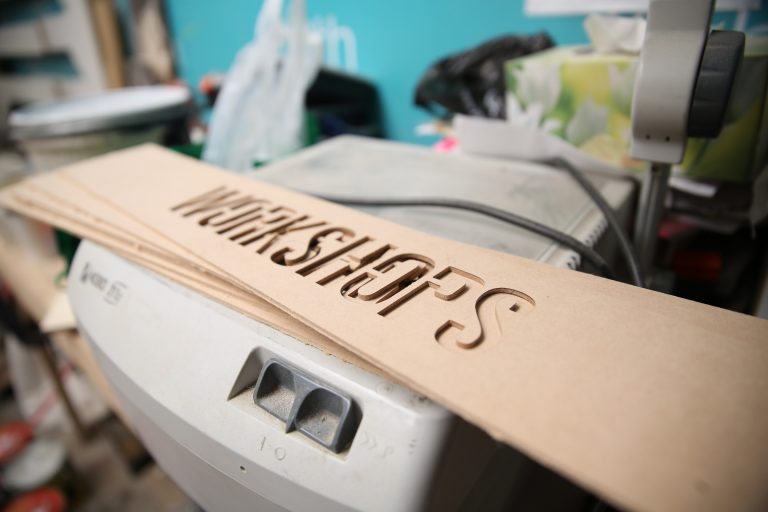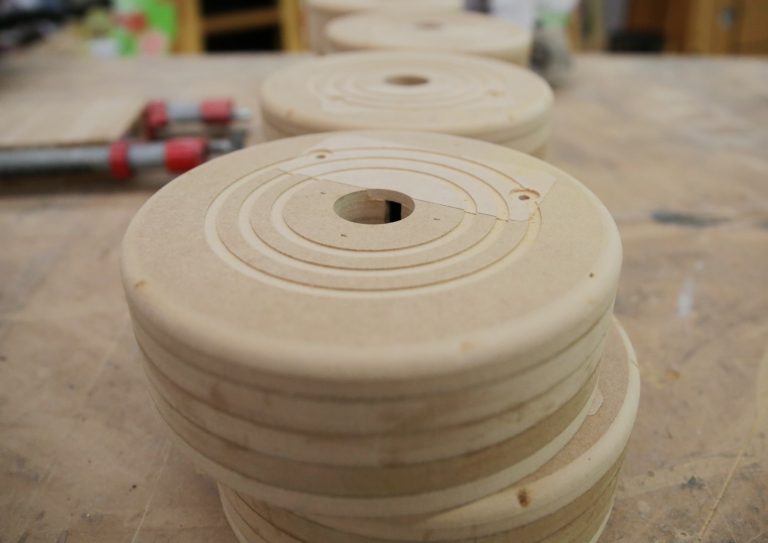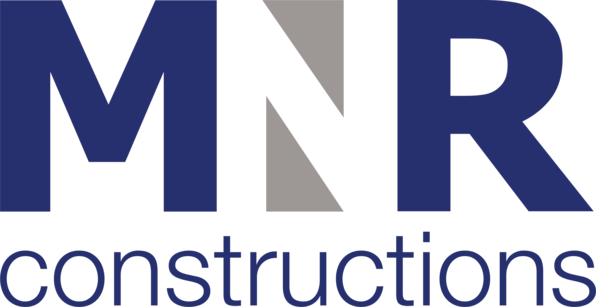The two most common materials we use to build sets and custom projects are Plywood and MDF. Before starting a project it is good to know the standard sheet sizes and information about these timbers. Below is a list of the standard sheet sizes that we use at MNR Constructions.
Plywood
Plywood is made from thick continuous sheets which are peeled off rotating logs of wood and then glued together in layers, under pressure. Each layer is laid at right angles to the grain direction of the previous layer and there is always an odd number of layers.
Plywoods are often named according to the numbers of layers (eg three-ply, five-ply etc). There are four groupings of plywood products, with each group designed for specific applications:
- Structural
- Exterior
- Interior
- Marine
Decorative timber surfaces on sheets of plywood provide attractive finishes for cabinet making, wall panels or whenever an attractive timber finish is required. Plywood has very good strength for its weight, and is very resistant to shear stress. Thin sheets can be readily bent to required curved shapes. Glues and coatings can, when needed, make plywood moisture resistant so that it can survive weather, wet concrete and marine conditions (e.g. marine ply).
Plywood has a wide range of uses including sheet flooring, external and internal wall cladding, sheet roofing underneath other roofing materials, components for structural members, formwork for concrete, decorative panelling, furniture and wall bracing.
Standard sheet sizes are:
Standard length: 2400, 2100, 1800mm
Standard width: 1200, 900mm
Standard thickness: 4,7,9,12,17,25


Medium Density Fibreboard (MDF)
Medium Density Fibreboard (MDF) is made of timber chips or fibres which are compressed with glues to form smooth, even-textured boards which are easily worked and stable. They are ideal for cabinet work and their superior finish has made them a viable alternative to timber for domestic mouldings.
MDF is denser than plywood and particleboard and has an even density throughout and is smooth on both sides.
MDF is reconstituted into wood sheets in a variety of widths and lengths. Bonding is achieved by the addition of synthetic resin adhesives, which are cured under heat and pressure. Paraffin wax is added to assist with water repellency, while other chemicals can be added during manufacturing for more specific protection.
MDF is primarily used for internal use applications, in part due to its poor moisture resistance. It is available in raw form with a fine sanded surface or with decorative overlay such as wood veneer, melamine paper or vinyl.
Standard length: 3600,2400, 2700,
Standard width: 1200, 1800, 900
Standard thickness: 3,6,9,12,16,18,25,32


References and more information: Wood Solutions, Tafe NSW
